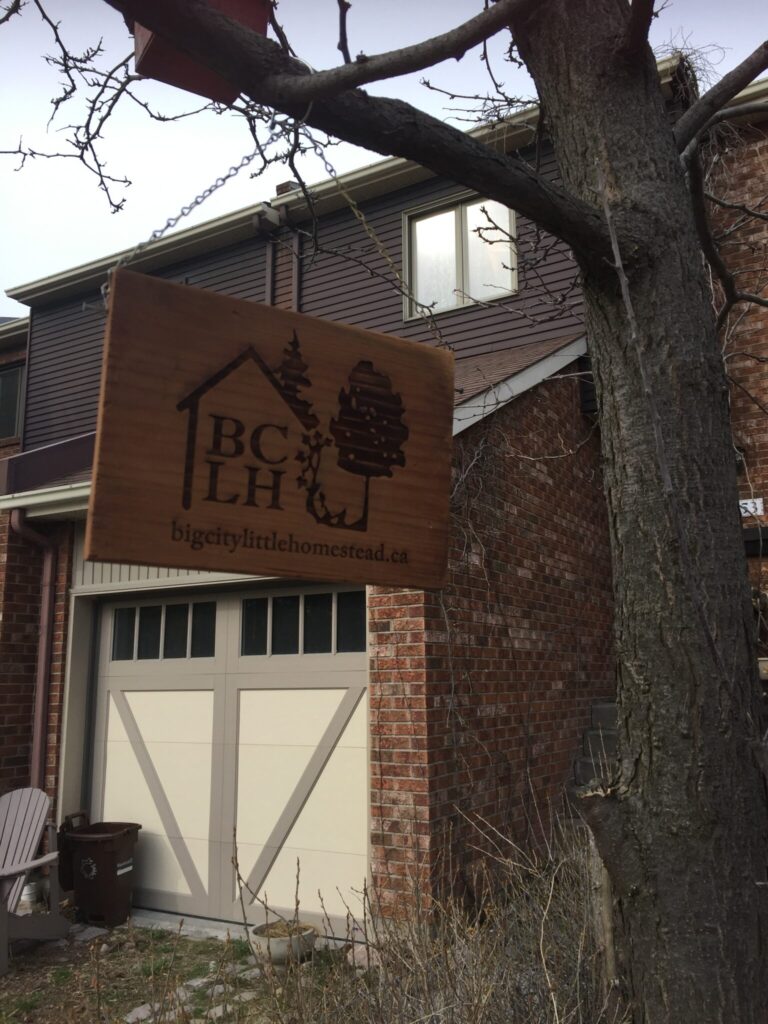Once upon a time when I was at the Westmount Public Library, I saw something to get excited about: they’re reusing their old card catalog, situated near the main circulation (borrowing) desk, as a Seed Library.
I spoke with Daniel, who is responsible for it. It started in May 2016, and last year they reopened it in April 2017, when they learned that’s way too late for most gardeners. So this year, they’re opening the seed library on Monday, February 26. The quick explanation of what it is? “Free seeds for members for more than 50 varieties of plants. “
Continue reading





